Heinrich Altherr Paintings
Heinrich Altherr was a Swiss painter and graphic artist known for his contributions to both Swiss and German art during the late 19th and early 20th centuries. Born on February 4, 1878, in Schönenwerd, Switzerland, Altherr grew up in an environment that was conducive to his artistic development. He initially trained as a teacher but soon turned his attention towards art, recognizing his true passion.
Altherr studied at the Academy of Fine Arts in Munich, Germany, where he was influenced by the prevailing Art Nouveau style and began to develop his own distinct artistic voice. He later continued his studies in Paris, France, which was then the epicenter of the avant-garde art world. During his time in Paris, Altherr was exposed to the works of various Impressionist and Post-Impressionist artists, which would have a lasting impact on his own style.
Throughout his career, Altherr's work was characterized by bold color choices and a dynamic approach to composition. He often depicted landscapes, still lifes, and portraits, blending traditional subject matter with modernist tendencies. His work bridged the gap between representational art and the emerging abstract movements of the early 20th century.
Altherr held a position as a professor at the Stuttgart Academy of Fine Arts in Germany from 1919 until his retirement in 1941. During this time, he influenced a generation of young artists and contributed significantly to the cultural life of Stuttgart. Despite the challenging political climate of the time, particularly during the rise of Nazism, Altherr managed to maintain his artistic integrity and continued to produce work that was true to his vision.
Heinrich Altherr passed away on March 22, 1947, in Stuttgart, leaving behind a legacy of vibrant and expressive artworks. His contributions to the field of painting and graphic arts are remembered for their unique blend of Swiss precision and a more fluid, German Expressionist sensibility. Altherr's works can be found in various collections and museums, serving as a testament to his skill and innovative approach to art.
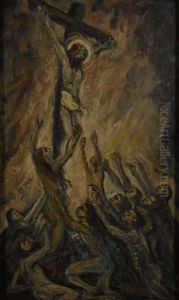
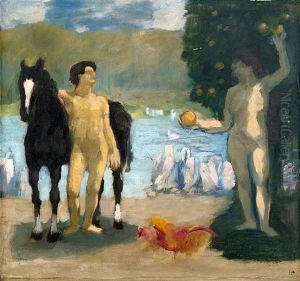
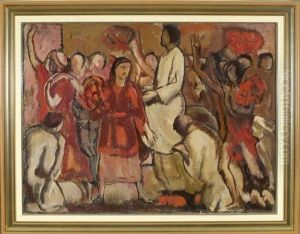
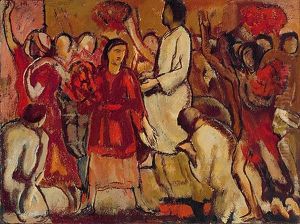
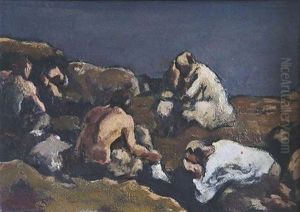
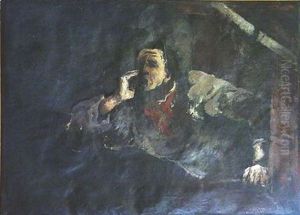
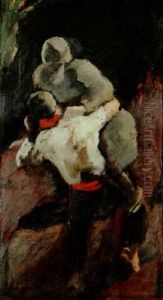
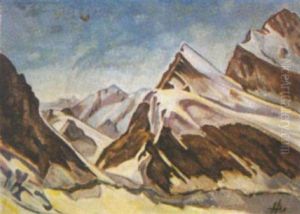
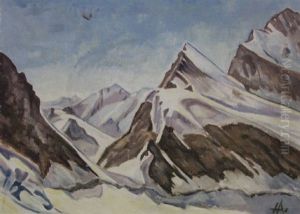
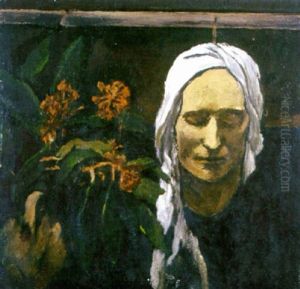
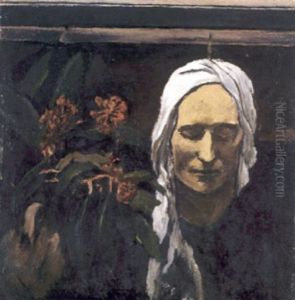
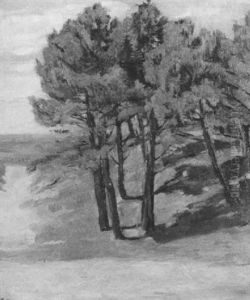
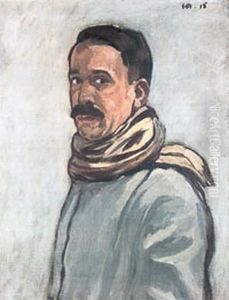
![Tanzende Figuren [verso: Kohlezeichung Zum Selben Thema]](https://www.niceartgallery.com/imgs/3510620/s/heinrich-altherr-tanzende-figuren-verso-kohlezeichung-zum-selben-thema-60fc96ef.jpg)